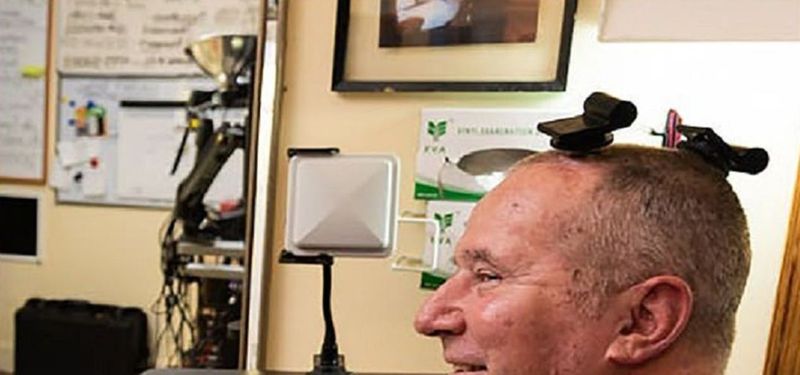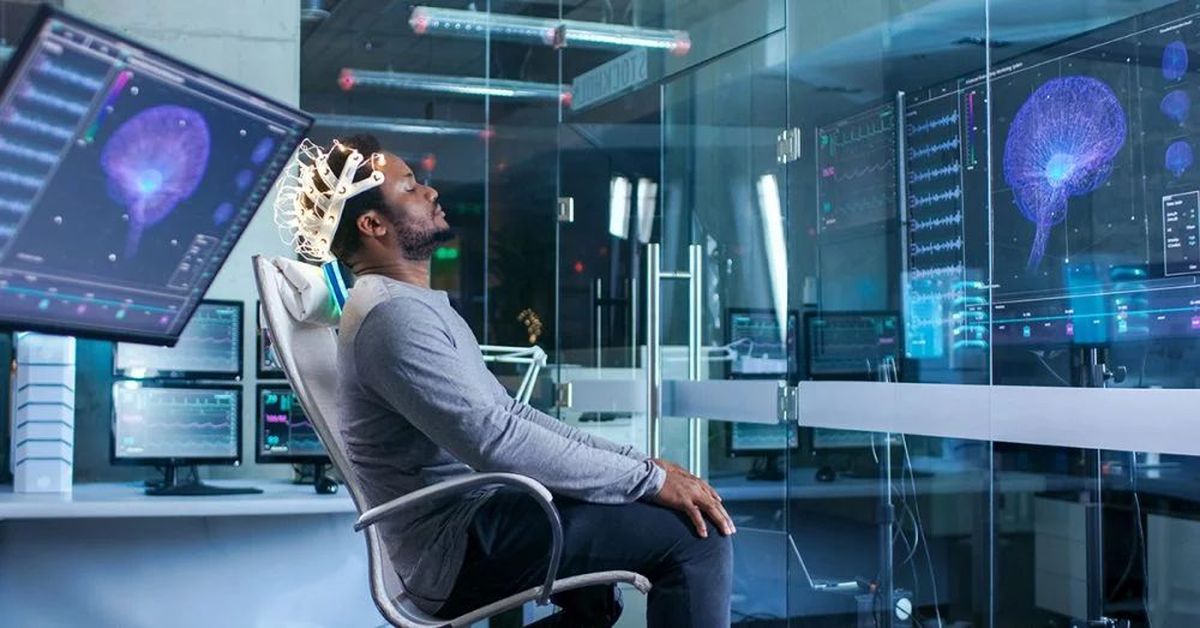The wireless brain-computer interface is the first of its kind. The software and hardware were tested for 24-hour periods.
We started seeing this kind of device in science fiction movies or comics. It was known that scientists were working on them and also success had been achieved in this kind of device, but always with dependence on the wired connection. But now much more progress has been made, a group of scientists manufactured and made the first wireless brain-computer interface system work in humans. And in addition to being able to manipulate devices such as a PC, the software was able to perform commands on other devices such as a tablet, to give the experts’ example.
BCIs (Brain-Computer Interfaces) are already well known in the world of science. But that doesn’t stop them from being surprising. At the end of 2020, Robert ‘Buz’ Chmielewski’s smile as he manipulated two robotic arms with electrodes connected to his brain moved the world. That device Chmielewski manipulated was connected to a whole system of wires. Now imagine that same thing, but instead of robotic arms, the equipment clicks on a tablet. And also that there is no dependence on a connection between the electrodes attached to the brain and the device that receives the commands.
The wireless interface is credited to a team of scientists at Brown University. According to the Daily Mail, they replaced the wires with a small transmitter that is placed on the user’s head. It is just two inches in diameter and, like the wired system, connects to a base of electrodes that are installed in the brain regions responsible for motor functions.

They named the device BrainGate. They also tested it with the participation of two men who have injuries that do not allow them to move their bodies freely. “Two men paralyzed by spinal cord injuries could type and click on a tablet just by thinking about the action. And they did so with point-and-click accuracy and typing speeds similar to those with a wired system,” the scientists were quoted as saying by the portal cited.
The two participants in this successful experiment are a 35-year-old man and a 63-year-old man, both of whom, as mentioned, suffer from paralysis due to spinal cord injury. The difference between these two tests is that each of them used the device at home. And not in a laboratory, as was the case with previous cable-dependent BCI experiments.
“We have shown that this wireless system is functionally equivalent to the wired systems that have been the gold standard in BCI Performance for years,” said John Simeral, an engineer at Brown University and lead author of the study. “The only difference is that people no longer need to be physically tethered to our equipment, which opens up new possibilities in terms of how the system can be used,” he added.
They also detailed that each of the men in the experiment used the equipment for 24 continuous hours. The idea of this is to monitor the activity not only of the device but also of the brain, during long periods of use of the installed electrodes and the device itself.
“This will help us design decoding algorithms that provide seamless, intuitive, and reliable restoration of communication and mobility for people with paralysis,” said Leigh Hochberg, another engineer at the same university and leader of the project’s clinical trials.





